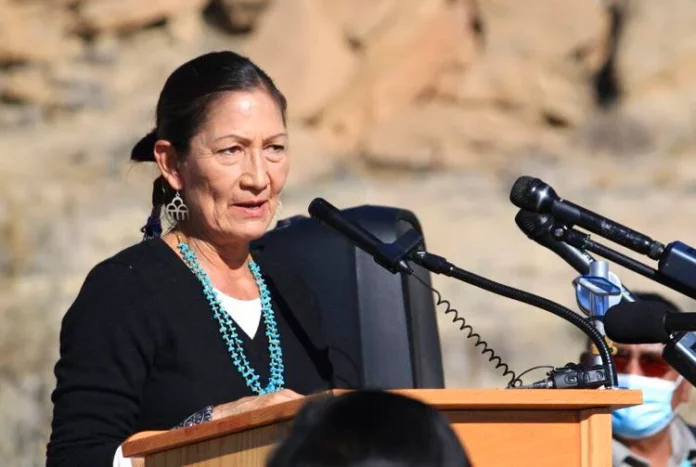
The Navajo Nation recently voted to reject a buffer around the Chaco Culture National Historical Park. It also voted to reject the U.S. Department of the Interior’s (DOI) plan to withdraw 351,000 acres from oil and natural gas leasing.
The Navajo Nation did so because it would cost its members an estimated $194 million over the next 20 years, according to a press release from Western Energy Alliance.
Previously, the Navajo Nation submitted a five-mile buffer resolution to the Department of the Interior as an alternative to the proposed 10-mile buffer. However, the Interior did not consider the tribe’s compromise.
The Standing Committee of the 25th Navajo Nation Council wrote in its resolution, “If the buffer zone is adopted, the Navajo allottees who rely on the income realized from oil and natural gas royalties will be pushed into greater poverty.”
The Council also stated that the Interior Department’s assertion that the withdrawal of new oil and gas resources on allotments will not affect Navajo lands is flawed. They pointed out that the lack of access to these resources due to being landlocked will hurt Navajo Nation allottees.
“Sec. (Deb) Haaland and Interior Department officials have grossly mismanaged the land withdrawal process since first announcing it in 2021. They have failed to hold adequate tribal consultations and listen to the voices of the Navajo Nation in the immediate vicinity of Chaco while giving preference to Sec. Haaland’s and related Puebloan tribes hundreds of miles away. Interior has exhibited a lack of environmental justice as they work internally to advance this ill-conceived proposal,” Kathleen Sgamma, president of Western Energy Alliance, said in the release.
“Recent congressional testimony by Sec. Haaland displayed her lack of understanding of the massive cost to a disadvantaged Native American community,” Sgamma continued. “She was unable to answer questions about the costs of foregone oil and natural gas royalties to tribal members. And despite her claims that the energy rights of Navajos would be protected, she was unable to guarantee access to those minerals. What good are rights if the Interior isolates your lands and you can’t access your resources?”
The Alliance argues that the Department of the Interior has conflicts of interest regarding the prospect of a buffer around Chaco Canyon. For example, it says that Interior Secretary Deb Haaland has connections to a climate activist group in New Mexico that opposes fossil fuels; her daughter is employed by the Pueblo Action Alliance, which protested against them outside of the department’s headquarters last year.
“Can you imagine if President Trump’s Interior Secretary David Bernhardt had a son who lobbied him on behalf of Western Energy Alliance to increase leasing around Chaco?” Sgamma said, according to the release. “It would have been unacceptable and rightfully criticized. Sec. Haaland’s situation is no different and probably worse since over 5,000 Navajos stand to lose millions of dollars in income every year if the withdrawal is approved. The situation is a violation of ethics rules and the Interior Secretary’s trust responsibility to the tribe.”
Republished with the permission of The Center Square.













